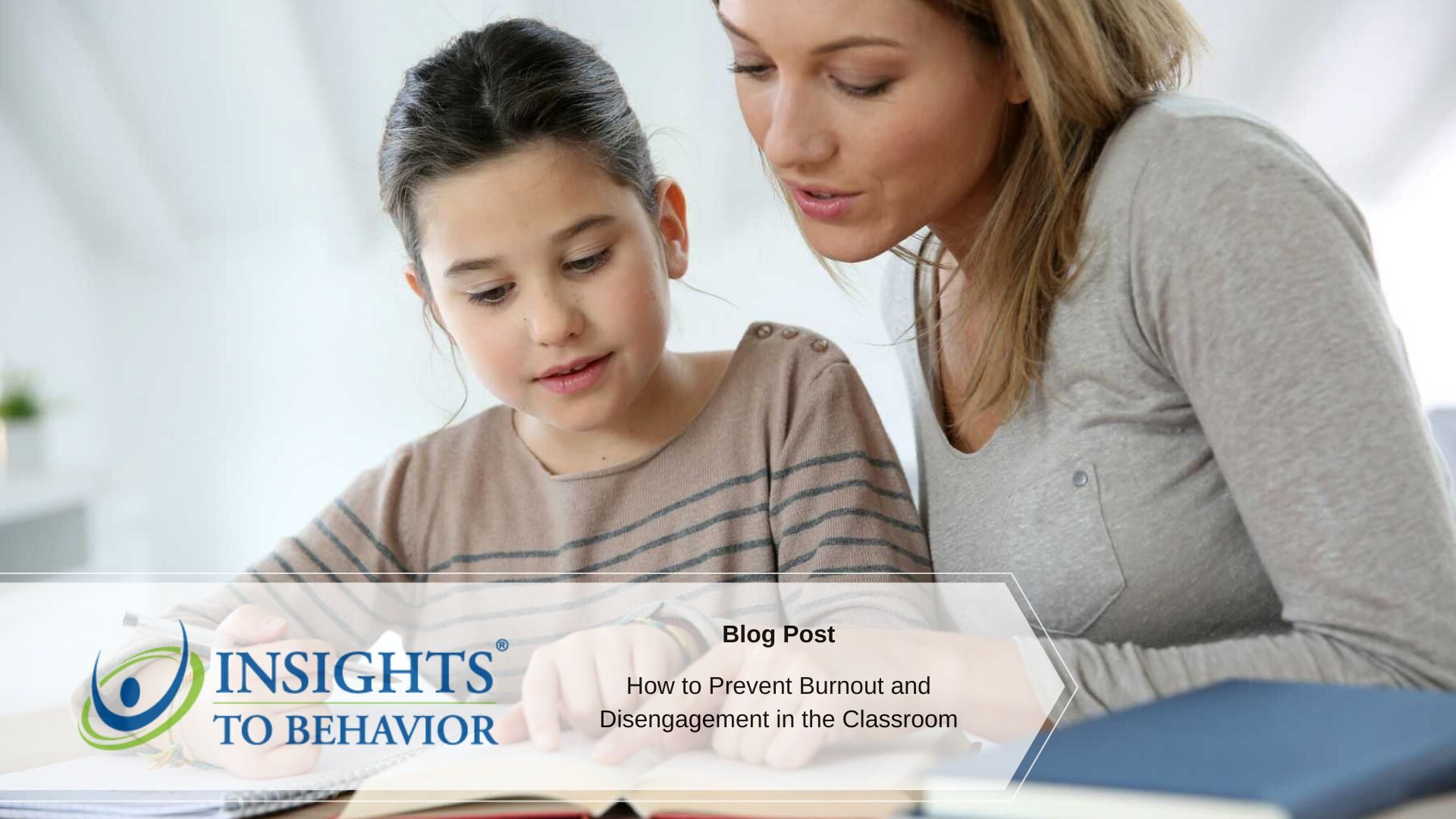Put yourself in the shoes of a child in an ABA classroom. They must exert an incredible amount of energy while striving to meet behavioral goals at a great emotional expense. Now, throw virtual learning into the mix.
Without meaningful, joyful opportunities for rest and self-expression, formerly excited students become disenchanted with school. According to a recent Gallup study, student engagement in fifth to tenth-grade students is declining. When students disengage, it leaves gifted educators scrambling, and special education directors must pick up the slack.
What if you gave some power back to the students instead?
If you’ve seen students burning out and acting out, it’s time to put some agency back in their hands. Many studies suggest that democracy and community are crucial to reducing burnout. It isn’t too late to help your educators build structures that support thriving, vital communities of learners in Applied Behavior Analysis settings.
We’ve created this guide to help you wake up your students so they can wake up their teachers, stopping burnout in its tracks. Read on to explore research-driven classroom tips for boosting engagement in the special education classroom.
Encourage Educators to Listen and Act
Professional development has the potential to be life-changing, but it’s often just another chore. How often have you filled a postmortem survey with helpful suggestions, only to take the same, tired training in the same format the next year?
Would you take the time to fill out the survey again?
When someone asks for your reflections or opinions, you expect them to listen and respond. Your students expect the same courtesy. Soliciting feedback and ideas is only engaging if students see their thinking reflected in their environment.
You only give your students a genuine voice if you show them their ideas matter. Special education students already have less agency than typically developing peers. Neurodiverse students thrive when educators respect their thoughts enough to act on them.
Trust that your educators have many adaptable ideas for soliciting student feedback, from simple sign language to color-coded desk widgets. Instead, focus on the follow-through.
Is there time built into the day to offer feedback-on-feedback? Are educators explaining why a suggestion might be impossible to implement and offering alternatives? Are teachers crediting students when their idea goes into play?
When students feel heard, educators and ABA therapists are already meeting a need. When students feel included, engagement only grows.
Help Teachers Embrace Student Strengths
Teachers are currently experiencing the highest level of burnout of all time, and new teachers are no exception. A burnt-out teacher is more likely to resort to easy instructional hacks, especially if they’re managing a virtual classroom. When a new teacher is struggling, copying and pasting a cute activity from Teacher Facebook is always easier than crafting something bespoke.
Once again, engagement begins at the top. When you give your teachers the time and resources they need, they’re more likely to individualize instruction. They may even have energy left over to reconsider classroom management, the classroom layout, and community rules.
Change begins when educators have time to acknowledge differences in student strengths and accommodate for student success.
For example, consider flexible seating. Students exerting less effort on managing their sensory needs have more energy to engage. As long as classroom rules are clear and consistent, giving students a preference can prevent burnout.
Many teachers also successfully implement choice boards in the classroom. By presenting a range of activities with equivalent learning targets, students feel empowered to practice their strengths. When students are enthusiastic about the work, engagement is natural and automatic.
Ensure Every Assignment Matters
Nobody wants to do “busywork.” It can be challenging for some students to differentiate between meaningful learning activities and time fillers. The difference between another exhausting assignment and an exciting learning opportunity starts with intention and ends with feedback.
Intention
Nearly every educator has stood in front of a classroom and heard, “When are we going to use this in real life?” Not every learning activity has real-life applications, and that’s okay. However, every learning activity needs a tangible goal that teachers can and should communicate.
In special education classrooms, this should ideally involve more than writing a learning target on the blackboard. ABA classrooms are inherently individualized. Find a way to ensure students understand academic goals just as they understand behavioral ones.
Feedback
Once a student hands in an assignment, don’t let it “disappear” or become a mark in a grade book. After explaining the “why” behind an activity, it’s imperative to take time to offer feedback. The more student involvement, the better.
Many great teachers are implementing student-led conferences so their students can self-reflect on learning. It’s simple for educators to offer more informal opportunities to connect with students about their work. As always, the more specific the feedback, the more meaningful and actionable it will be.
Specific feedback is another form of positive reinforcement, which is gold in the ABA setting. Every teacher has the power to reward students with their attention. Let feedback be part of a healthy, two-way relationship.
Ignite Your ABA Behavior Intervention Plans
ABA practitioners are some of the most innovative, flexible, and adaptable practitioners in the world. If you’re seeing burnout or disengagement in the classroom, consider finding new and innovative ways to support your incredible teachers. Quality ABA programming begins at the top, and a great director or administrator has the power to make a difference.
When teachers feel supported, students feel supported. We invite you to schedule a 30-minute online personal demo of our Insights to Behavior software. We can’t wait to show you how easy it is to create legally-defensible behavior intervention plans in under an hour.






